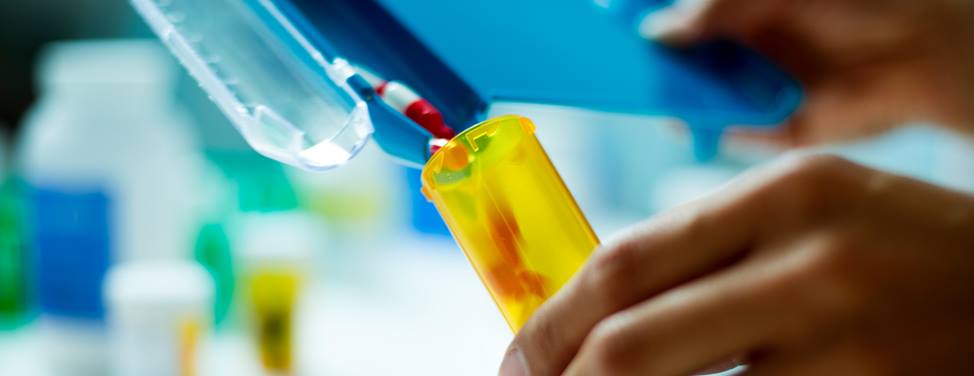Priapism

Overview
Priapism is an uncommon condition that causes a prolonged and often painful erection, which occurs without sexual stimulation. In a third of the cases, the cause is unknown. The remaining cases are caused by an associated condition, including sickle cell disease, pelvic tumors, pelvic infections, leukemia, genital trauma or spinal cord trauma, and medications or recreational drugs.
Priapism is classified into two types – ischemic (no-flow) or non-ischemic (high-flow).
- Ischemic priapism. This is the most common form of priapism and usually occurs with several hours or days of a painful erection. It is caused by an obstruction in the penis' venous drainage, which results in a buildup of poorly oxygenated blood in the corpora cavernosa, the tissue that forms the bulk of the erectile body of the penis.
Ischemic priapism is considered a medical emergency and requires immediate treatment. If left untreated, the condition can significantly damage erectile function, by causing extensive scar tissue build-up and impotence. - Non-ischemic priapism. This type of priapism is not as common or painful. It is usually caused by an injury to the penis or perineum, the area between the scrotum and anus. The injury causes the artery within the erectile body to rupture, and thus pump large amount of blood to the penis continuously.
Our approach to priapism
UCSF is a national leader in treating urological disorders, including male sexual dysfunction, urinary incontinence, pelvic pain, urinary stone disease, male infertility and prostate disease. We offer the latest treatment techniques, and our team is committed to providing innovative, highly skilled care with compassion.
Treatment for priapism aims to eliminate the erection and pain as well as to preserve normal erectile function. Some cases resolve on their own. Cold showers, ice packs, exercise and pain medications can relieve symptoms.
If these treatments are insufficient, we may need to use other techniques to normalize blood circulation in the penis. These might include injecting drugs to open the veins or placing a shunt to set up a new path for blood flow. When a ruptured artery causes priapism, we employ techniques that cut off the blood flow.
Awards & recognition
-

Among the top hospitals in the nation
-

Best in Northern California for urology
-

in NIH funding for urology research
Signs & symptoms
Symptoms of priapism include a prolonged and often painful erection without sexual stimulation.
Diagnosis
Diagnosis of non-ischemic priapism
Diagnosis of non-ischemic priapism also involves a medical history and examination to determine any underlying medical causes and duration of the condition. In addition, your doctor will conduct a Doppler examination, which measures the blood flow of your penis.
When in doubt, a small needle may be placed in the penis to draw some blood, which is then sent to a lab for analysis. This will help determine which type of priapism the patient is experiencing.
Diagnosis of ischemic priapism
Diagnosis involves a medical history and examination to determine any underlying medical causes and the duration of the condition. During the medical examination, your doctor will assess the severity of pain, the rigidity of the penis and lack of involvement of certain parts of the penis. This also will include checking the rectum and the abdomen for evidence of unusual growths or abnormalities that may indicate the presence of cancer. In addition, a sample of your blood will be analyzed to exclude sickle cell disease, thalasaemia major and leukemia.
Treatments
Treatment for all forms of priapism aims to eliminate the erection and pain and preserve normal erectile function. Doctors recommend that anyone experiencing an erection lasting four hours should seek medical evaluation and treatment.
Treatment of ischemic priapism
Ischemic priapism is considered a medical emergency and requires immediate treatment. If left untreated, the condition can significantly damage erectile function.
In the early stages of ischemic priapism, a cold shower or ice pack may relieve symptoms. Exercise in the form of climbing stairs also may help. Medications, such as analgesics and opiates to control pain, may be recommended as well.
Other treatments for the condition include:
- Intracavernous drug therapy. This treatment is often very effective in treating low-flow priapism. It involves injecting drugs known as alpha-agonists, such as diluted neosynephrine, into the penis, which causes the veins to open. As a result, the blood circulation to the penis is re-established.
- Shunt surgery. During this procedure, a surgical shunt is created to restore normal blood circulation. A surgical shunt creates a new route for the trapped blood to return to the body.
Treatment of non-ischemic priapism
This condition does not require urgent treatment and in some cases, the condition may resolve itself spontaneously after days or months, at which point erectile capacity returns to normal. In some instances where treatment is necessary, the following procedures may be recommended:
- Embolization. This technique reduces blood flow in the penis by obstructing the ruptured artery. This may be achieved by having a radiologist insert specially designed coils, glues or spheres into the penis.
- Surgical ligation. The condition can also be treated by tying off the ruptured artery, which helps to restore normal blood flow in the penis.
UCSF Health medical specialists have reviewed this information. It is for educational purposes only and is not intended to replace the advice of your doctor or other health care provider. We encourage you to discuss any questions or concerns you may have with your provider.










